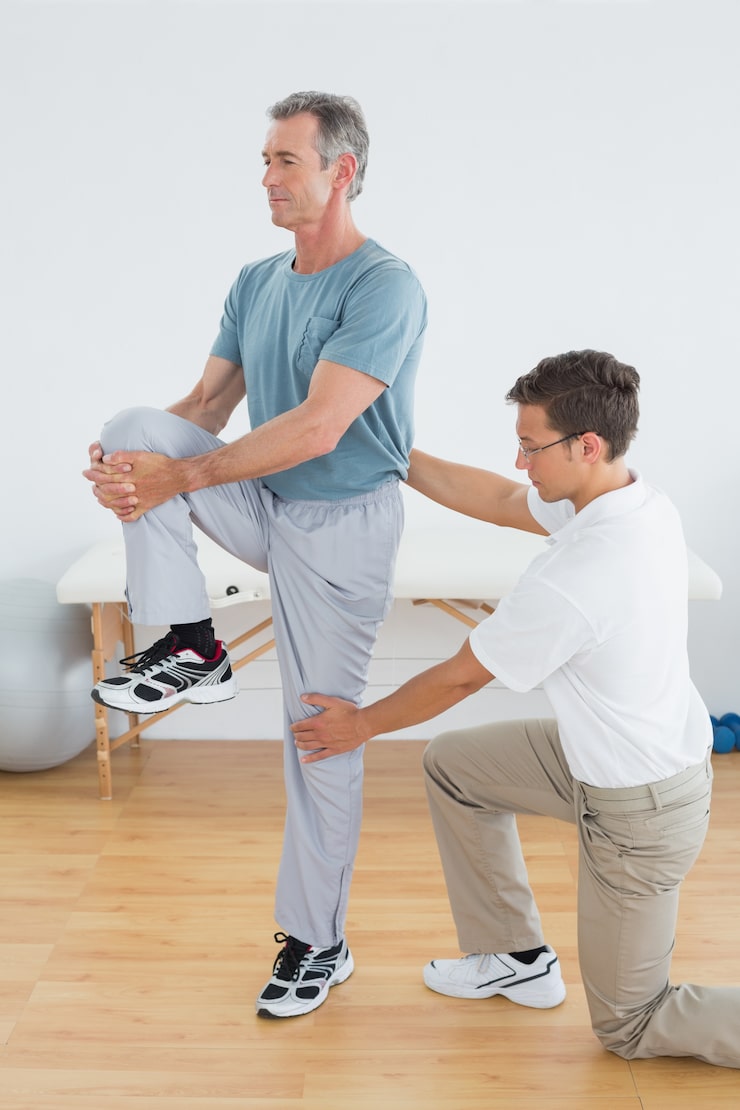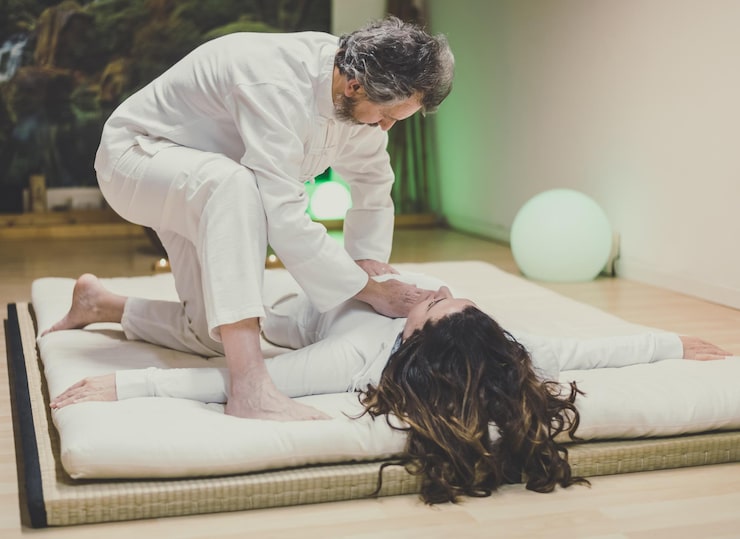When most people think about exercise, they imagine sweat, heavy breathing, or intense movements. But what if healing, strength, and inner peace could come from slow, flowing motions? That’s the magic of Tai Chi therapy—an ancient Chinese practice often called “meditation in motion.” Beyond its graceful appearance, Tai Chi is a therapeutic approach to wellness that balances the body, calms the mind, and restores energy.
What Is Tai Chi Therapy?
Tai Chi originates from ancient China, deeply rooted in martial arts traditions. Over centuries, it has evolved into a form of mind-body therapy that emphasizes slow, deliberate movements combined with deep breathing and mental focus. Practiced consistently, Tai Chi creates harmony between the body’s physical strength and inner energy, also known as qi.
Unlike vigorous workouts, Tai Chi is low-impact and safe for people of almost all ages and fitness levels. That’s why it’s often recommended as a gentle yet powerful form of therapy for those seeking both physical and emotional well-being.
The Healing Benefits of Tai Chi Therapy
- Enhances Balance and Stability
One of the most well-documented benefits of Tai Chi is its impact on balance. For older adults, regular practice may reduce the risk of falls by strengthening muscles, improving posture, and enhancing coordination.
- Stress Relief and Mental Calm
With its focus on deep breathing and mindful movement, Tai Chi acts like a moving meditation. Practitioners often report reduced stress levels, improved mental clarity, and a heightened sense of calm. In today’s fast-paced world, Tai Chi provides a much-needed pause.
- Supports Heart and Lung Health
Tai Chi encourages better blood circulation, improves oxygen intake, and reduces blood pressure over time. Studies suggest consistent practice can aid those with cardiovascular conditions or respiratory issues by gently improving endurance and heart function.
- Eases Chronic Pain
Many people with arthritis, fibromyalgia, or back pain turn to Tai Chi therapy because it promotes flexibility and strengthens joints without putting them under strain. Its slow, controlled movements help decrease stiffness and improve mobility.
- Boosts Mind-Body Connection
Tai Chi encourages practitioners to tune into the body’s rhythm, sensations, and energy flow. This deeper awareness not only supports healing but also creates a stronger mind-body connection that positively impacts emotional resilience.

Who Is Tai Chi Therapy For?
The beauty of Tai Chi lies in its universal accessibility. It’s safe for seniors, empowering for adults managing chronic health conditions, and even beneficial for busy professionals looking to reduce stress. Because it’s non-competitive and adaptable, everyone from children to the elderly can benefit from its healing flow.
Conclusion: Healing Through Movement and Stillness
Tai Chi therapy is more than just exercise—it’s a gentle journey back to balance. It reminds us that wellness doesn’t always come from pushing harder or going faster. Sometimes, true healing lies in slowing down. From reducing stress and pain to supporting heart health and balance, Tai Chi bridges the gap between movement and mindfulness.
In a world full of noise and rush, practicing Tai Chi feels like pressing the “reset” button for both body and soul. So, whether you’re seeking relief from chronic discomfort or simply craving peace in your daily routine, give Tai Chi therapy a chance. With every graceful movement, you’re not just exercising—you’re nurturing a more centered, healthier you.

Leave a Reply